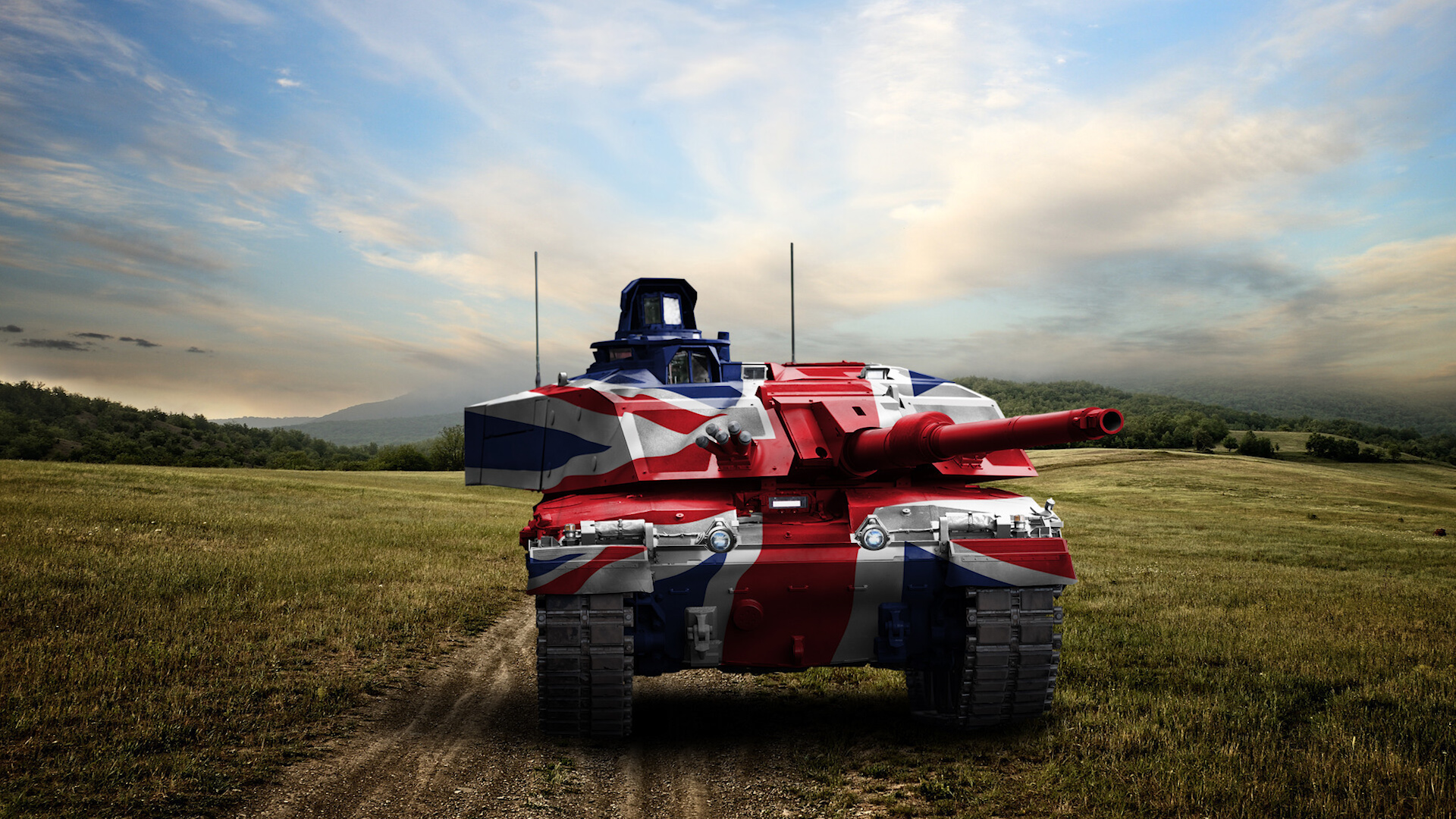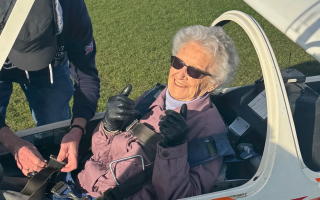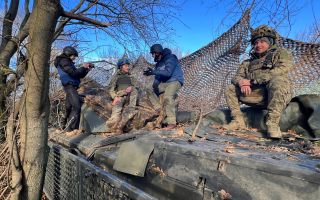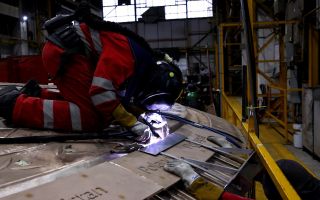
Challenger 3: Live-Firing Study To Inform New Tank's Design

A new study is being carried out which could influence the design of the British Army's new Challenger 3 main battle tank.
Experts have been researching the impact upon personnel of being in a Challenger 2 during live-firing, including both physical and mental stresses.
The Army says the tests will allow more effective crews to be developed, with hopes the results will influence the design of the Challenger 3.
The study, carried out at Pembrokeshire's Castlemartin Training Area, began by researching how a tank crew works together, a working environment unique to the service, according to the Army.
Major Steve Bee, Officer Commanding D Squadron of the Queen's Royal Hussars, who is supporting the study, said the research could be "invaluable" in how the future main battle tank is designed.
"It is a golden opportunity to help to make us more effective and professional at our core role," he said.
"The different crew positions require a blend of both physical and mental exertion.
"The role of a loader, for example, is much more physical than that of a commander, which is much more mentally draining.
Watch: Challenger 3 – Europe's 'most lethal' tank?
"The tank commander's role, on the other hand, requires the assimilation of multiple sources of information and processing them to create synergised kinetic effects at the right time and place," he added.
Fifty-six soldiers were part of the two-day tests at Castlemartin, which the Army hopes will flag any gaps in understanding, as well as inform future research.
Three scientists were involved, observing 20 live-fire demonstrations, each lasting up to 30 minutes.
"Longer term, it could be the first step in defining which Physical Employment Standards are most pertinent to an armoured crew," Maj Bee added.
Over the next decade, 148 of the British Army's 227 existing Challenger 2 main battle tanks are set to be upgraded as part of an £800m contract and the remaining vehicles retired.
The upgraded vehicle, the Challenger 3, will include a new turret, and is aimed at giving the vehicle "added mobility, survivability and lethality", according to the Government.
The UK's timeline for production includes design reviews in August 2021 and October 2022, with trials aimed at beginning in May 2024 and manufacturing starting in July 2025.
Training and initial operational capability are expected by 2027, before becoming fully operational three years later.
Watch: Why does the British Army need Challenger 3?









